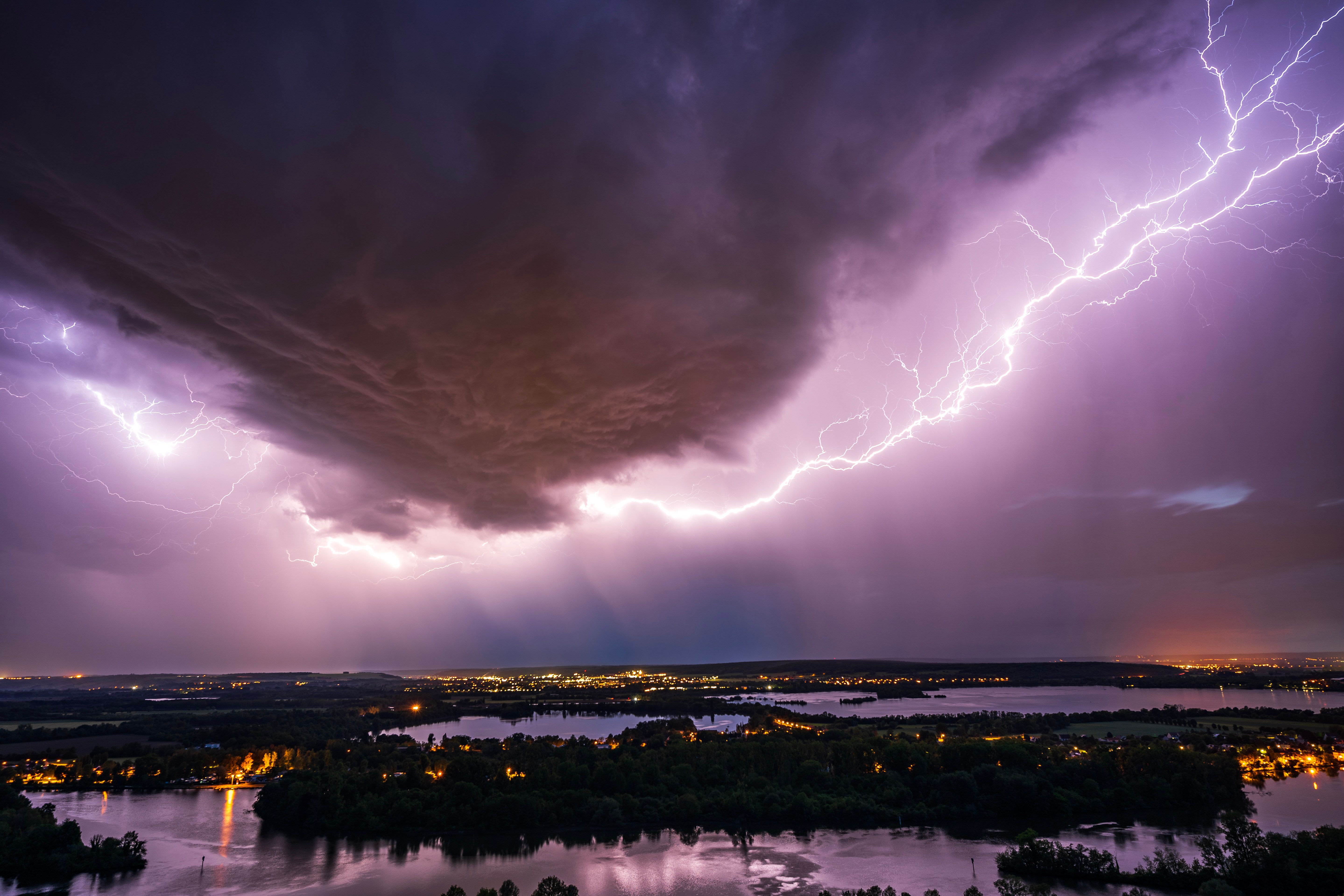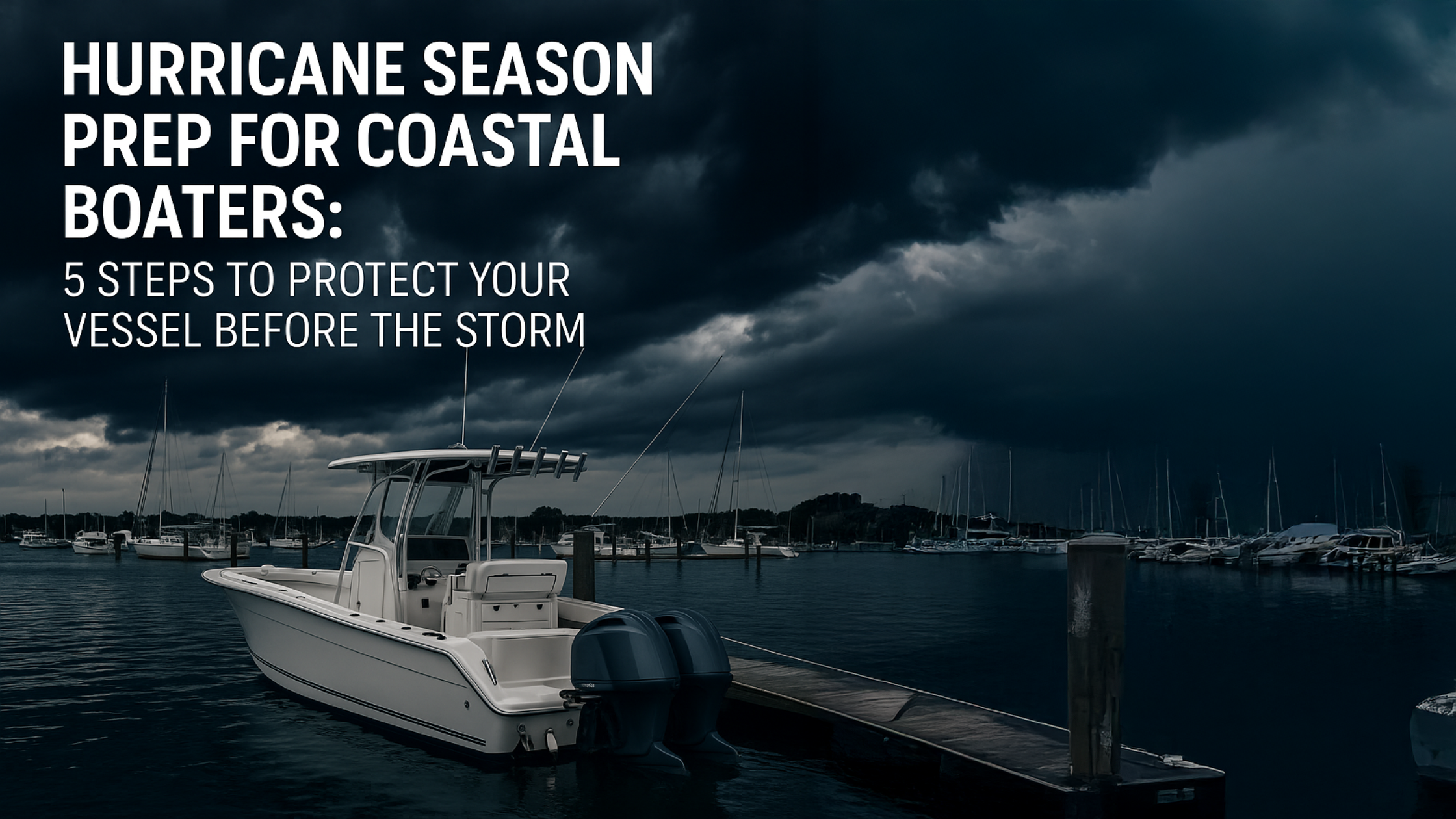NC Severe Weather Preparedness Week
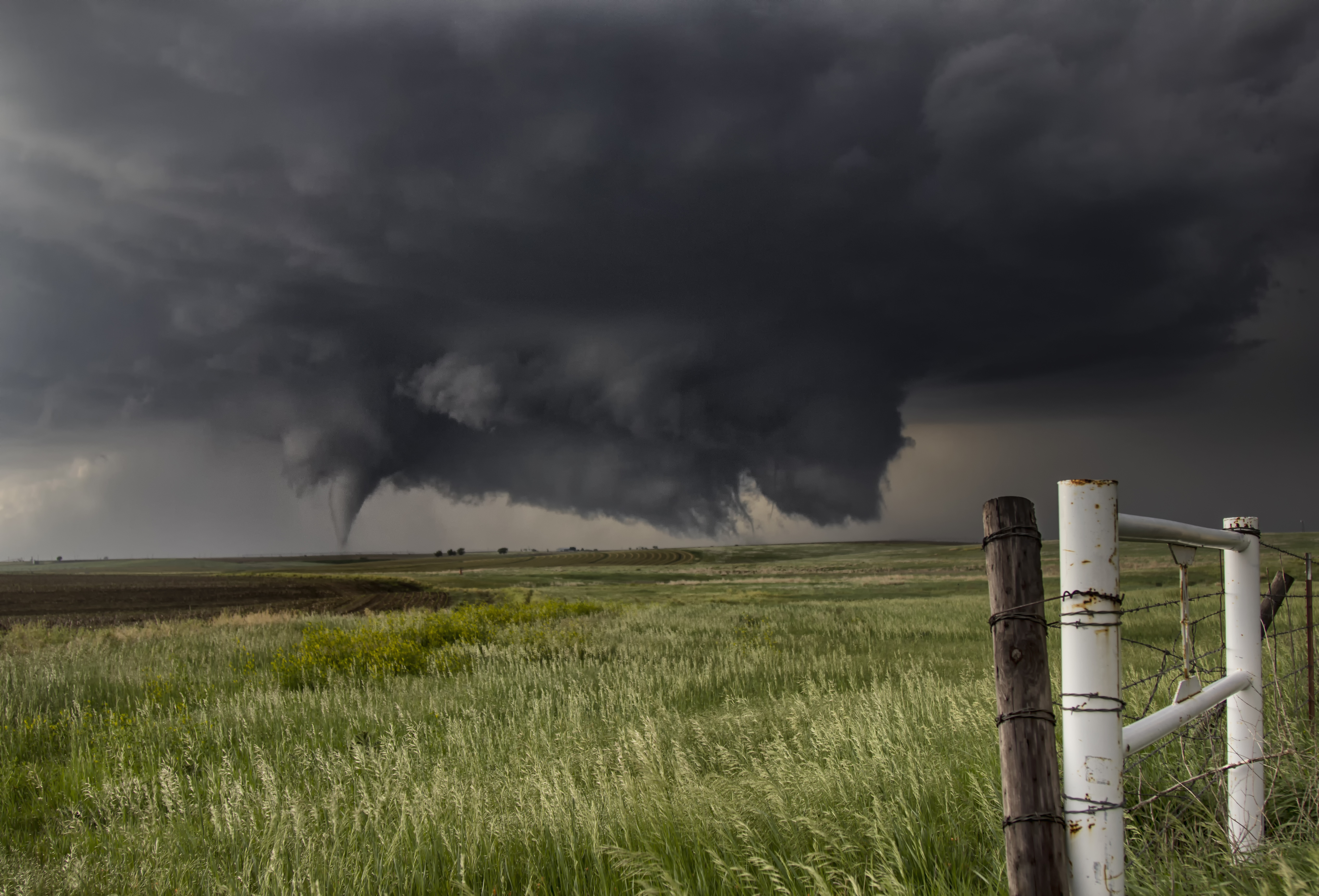
March 5-11, 2023 is Severe Weather Preparedness Week!
-
2023 North Carolina Annual Statewide Tornado Drill: Wednesday, Mar 8, 2023 at 9:30 AM. If there is a risk of actual severe weather on Wednesday, March 8, 2023, the statewide tornado drill will be postponed until Friday, March 10, 2023 at 9:30 AM.
Severe thunderstorms are any storms that can potentially producing 1" thick or bigger hail or create wind gusts that exceed 58 mph. Hail that is an inch in diameter or bigger can do serious damage to homes, vehicles, plants, etc. Burts of wind over 58mph can knock down trees, power lines, send weak branches flying and cause structural damage. At the top range of the worst storms, wind can reach up to 100 mph and produce softball sized hail. Spring time, although lovely, can also be quite destructive, so it's important to keep an eye on the forecast throughout the season. This goes without saying, these same storms can spawn tornados, intense and frequent lightning and produce heavy rain which cause flash flooding. These hazards are covered in more detail under the National Weather Service/NOAA's tornado, lightning safety and flood safety websites.
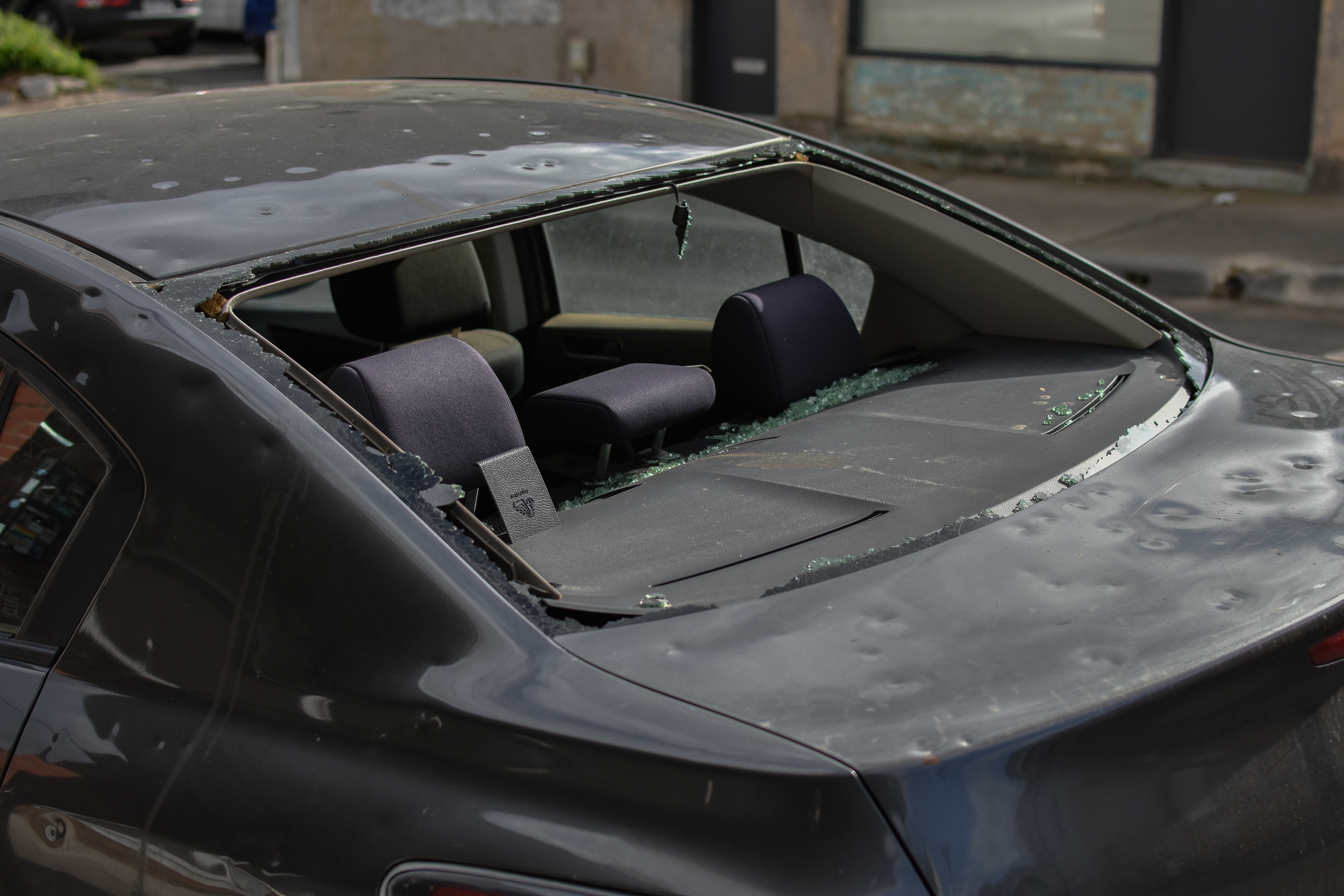
Preparation
- Be Weather-Ready: Check the forecast regularly to see if you're at risk for severe weather. Listen to local news or a NOAA Weather Radio to stay informed about severe thunderstorm watches and warnings. Check the Weather-Ready Nation for tips.
- Sign Up for Notifications: Know how your community sends warning. Some communities have outdoor sirens. Others depend on media and smart phones to alert residents of severe storms.
- Create a Communications Plan: Have a family plan that includes an emergency meeting place and related information. Pick a safe room in your home such as a basement, storm cellar or an interior room on the lowest floor with no windows. Get more ideas for a plan at: https://www.ready.gov/make-a-plan
- Practice Your Plan: Conduct a family severe thunderstorm drill regularly so everyone knows what to do if a damaging wind or large hail is approaching. Make sure all members of your family know to go there when severe thunderstorm warnings are issued. Don't forget pets if time allows.
- Prepare Your Home : Keep trees and branches trimmed near your house. If you have time before severe weather hits, secure loose objects, close windows and doors, and move any valuable objects inside or under a sturdy structure.
- Help Your Neighbor: Encourage your loved ones to prepare for severe thunderstorms. Take CPR training so you can help if someone is hurt during severe weather.
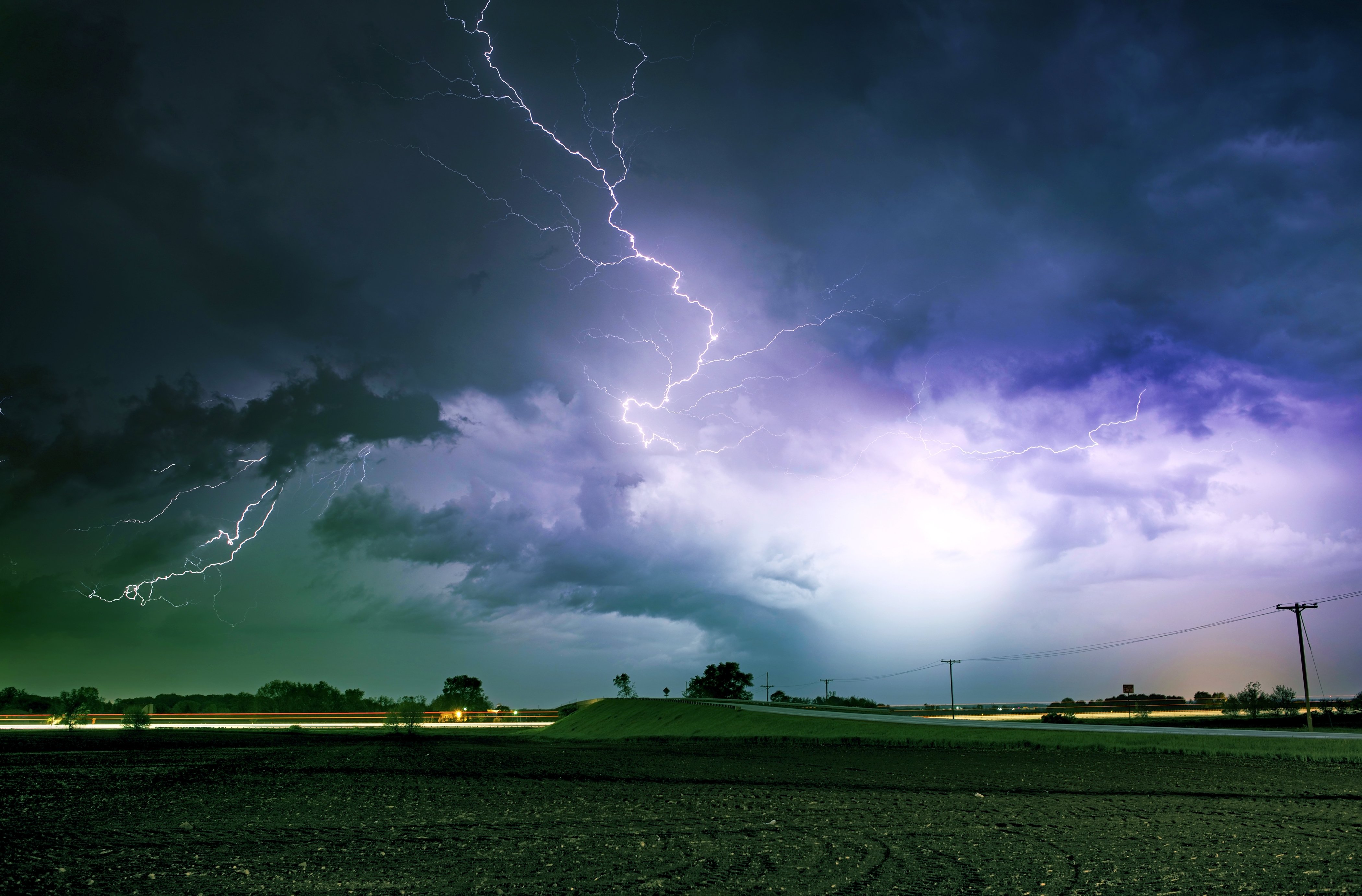
During Severe Weather
Find out what you can do when severe weather strikes. Acting quickly is key to staying safe and minimizing impacts.
- Stay Weather Ready: Continue to listen to local news or a NOAA Weather Radio to stay updated about severe thunderstorm watches and warnings.
- At Your House: Go to your secure location if you hear a severe thunderstorm warning. Damaging wind or large hail may be approaching. Take your pets with you if time allows.
- At Your Workplace or School: Stay away from windows if you are in a severe thunderstorm warning and damaging wind or large hail is approaching. Do not go to large open rooms such as cafeterias, gymnasiums or auditoriums.
- Outside: Go inside a sturdy building immediately if severe thunderstorms are approaching. Sheds and storage facilities are not safe. Taking shelter under a tree can be deadly. The tree may fall on you. Standing under a tree also put you at a greater risk of getting struck by lightning.
- In a Vehicle: Being in a vehicle during severe thunderstorms is safer than being outside; however, drive to closest secure shelter if there is sufficient time.

After a severe storm
What should you do when the lightning and thunder stops and it looks likes the severe thunderstorm is over?
- Stay Informed: Continue listening to local news or a NOAA Weather Radio to stay updated about severe thunderstorm watches and warnings. More severe thunderstorms could be headed your way.
- Contact Your Family and Loved Ones: Let your family and close friends know that you're okay so they can help spread the word. Text messages or social media are more reliable forms of communication than phone calls.
- Assess the Damage: After you are sure the severe weather threat has ended, check your property for damages. When walking through storm damage, wear long pants, a long-sleeved shirt and sturdy shoes. Contact local authorities if you see power lines down. Stay out of damaged buildings. Be aware of insurance scammers if your property has been damaged.
- Help Your Neighbor: If you come across people that are injured and you are properly trained, if needed, provide first aid to victims until emergency response team members arrive.


